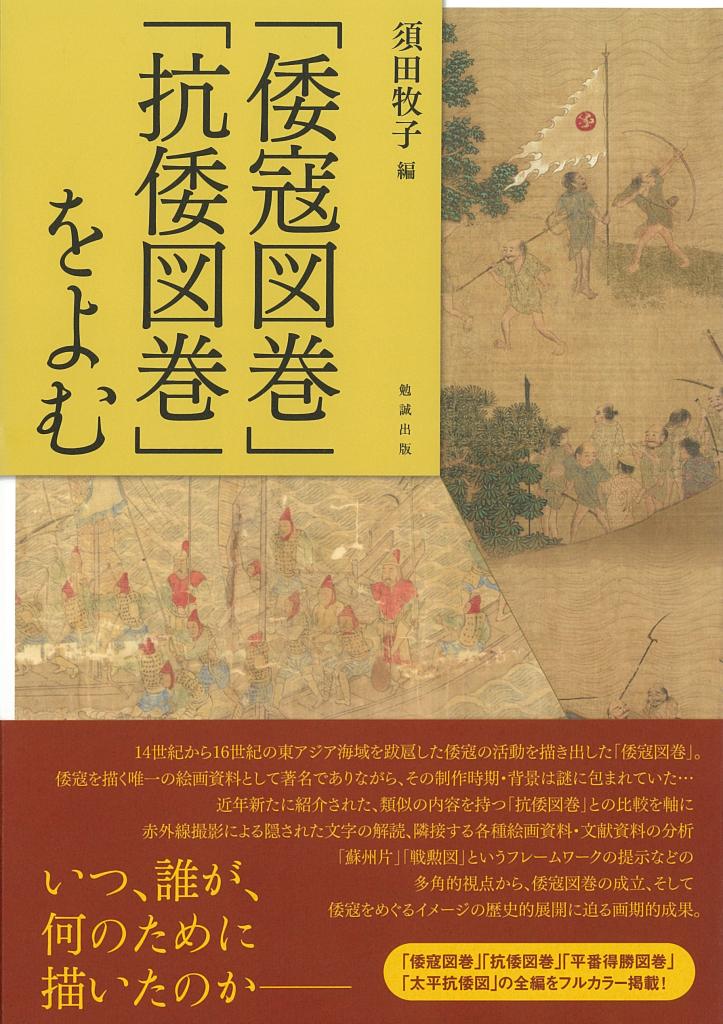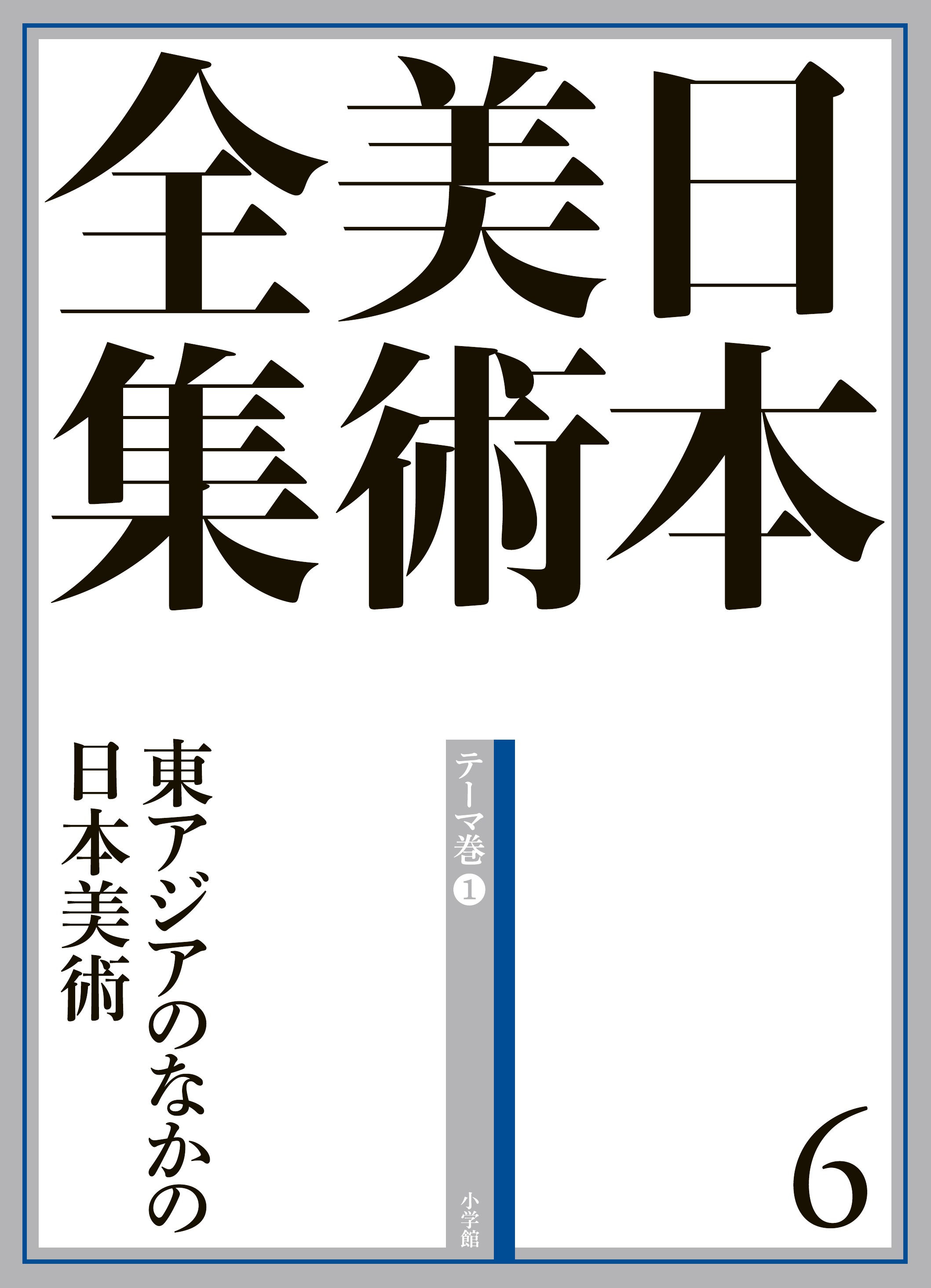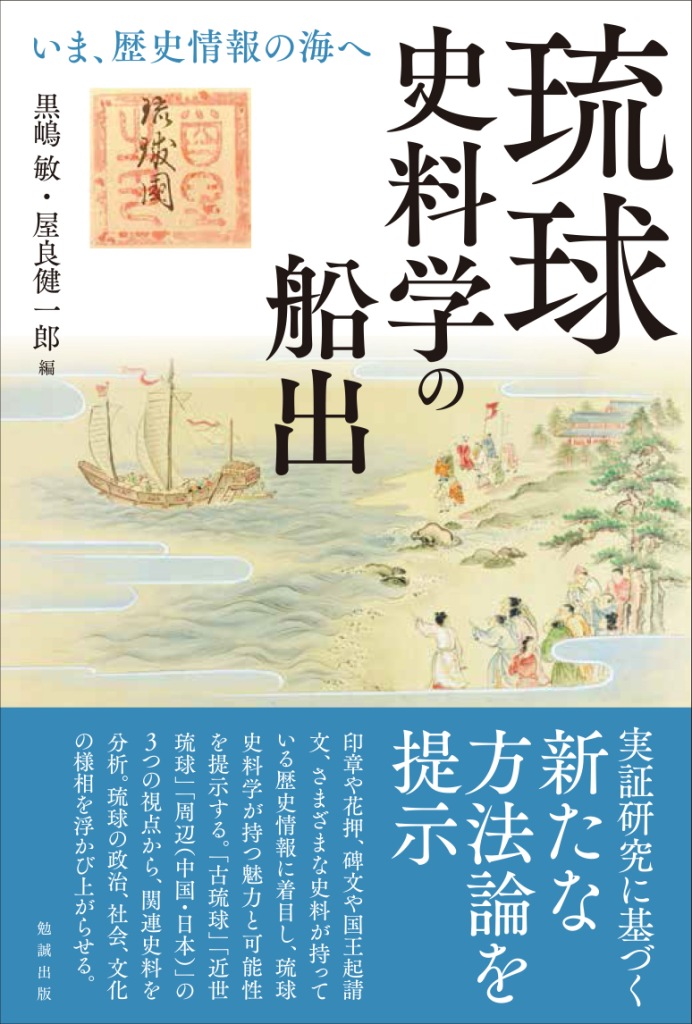
Title
‘Wako-zukan’’Kouwa-zukan’ wo Yomu (Deciphering Two Picture Scrolls of Japanese Pirates)
Size
528 pages, A5 format, hardcover
Language
Japanese
Released
April, 2016
ISBN
978-4-585-22139-5
Published by
Bensei Publishing
Book Info
See Book Availability at Library
Japanese Page
The Picture Scroll of Japanese Pirates held by the Historiographical Institute at the University of Tokyo is a well-known picture scroll that appears in most middle-school and high-school textbooks. It was imported from China by an antiquarian bookshop at the start of the twentieth century and was later purchased by the Historiographical Institute. This book brings together the findings of a six-year Japan-China joint study of this picture scroll.
Although the Picture Scroll of Japanese Pirates is quite famous, until now its character as a historical source had not been adequately elucidated. To begin with, it was given the title Picture Scroll of Japanese Pirates after its acquisition by the Historiographical Institute, and the title slip reads: “Painting of Victory in Taiwan by Qiu Shizhou of the Ming.” It was renamed Picture Scroll of Japanese Pirates on the basis of its contents and has been interpreted as a depiction of so-called Japanese pirates who attacked China in the sixteenth century. But it has also been regarded as a depiction of Japanese pirates who attacked the Korean peninsula in the fifteenth century, and there was much about its characterization that was unclear.
A major advance in research was occasioned by the discovery of written characters on the picture scroll by means of infrared photography and the rediscovery of the Picture Scroll of Resistance to Pirates held by the National Museum of China, which has exactly the same composition as the Picture Scroll of Japanese Pirates. On the basis of the written characters deciphered by means of infrared photography, it was established that the Picture Scroll of Japanese Pirates depicts a battle between Ming forces and so-called Japanese pirates in the sixteenth century. Following this new discovery, a joint study was initiated by the National Museum of China and the Historiographical Institute, and research was undertaken by a variety of specialists in Japanese history, Chinese history, art history, Chinese literature, etc. As a result, research on the Picture Scroll of Japanese Pirates was transformed, and it was vested with a new historical and art-historical significance.
Part 1 of this book begins with three articles summarizing the contents of the first workshop held in 2010. There are of course parts that have been rendered out-of-date because of advances in research, but they are nonetheless important as the starting point of the joint study. There are also articles that provide details of the infrared photography and summarize research on the Picture Scroll of Resistance to Pirates conducted in China prior to 2010.
Part 2 contains articles on how these two picture scrolls can be positioned in terms of art history, while Part 3 contains articles that examine how to decipher them by the methods of textual historiography. Part 4 moves away from the two picture scrolls and contains articles about other depictions of Japanese pirates produced in Ming China and, as an approach to what underpinned the popularity of depictions of Japanese pirates, an essay about works of fiction whose chief protagonist is a Japanese pirate. The introduction to this book summarizes the history of research on these picture scrolls and the findings presented herein, while the concluding remarks point to future developments based on the findings of this book. At the very start of the book are 64 pages of colour illustrations, which have been added to facilitate the understanding of this book, dealing as it does with illustrated material. I sincerely hope that this book will be put to good use in future research on depictions of Japanese pirates.
It should be mentioned that a companion volume has also been published under the title Depictions of Japanese Pirates: “Picture Scroll of Japanese Pirates” and “Picture Scroll of Resistance to Pirates” (edited by the Historiographical Institute and published by Yoshikawa Kōbunkan in 2014). Whereas the present book is an academic study that faithfully reflects differences in opinion among researchers, the companion volume includes many illustrations, and an effort has been made to write in plain language on the basis of the greatest consensus among researchers. I hope that readers will refer to this book too.
(Written by Makiko Suda, Assistant Professor, Historiographical Institute / 2018)



 Find a book
Find a book



